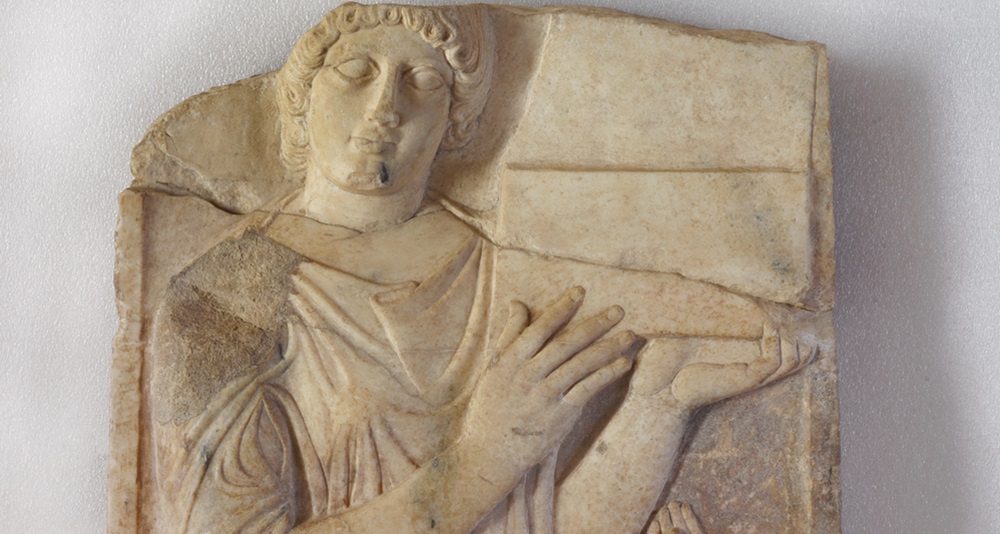
On 13 September three Greek antiquities that had been removed from Greece at an unknown time and were in the possession of an American citizen were repatriated from the USA. These are:
- Part of a marble tombstone, 0,55m high and 0,60m wide, depicting a frontal female figure in flat relief, holding with both hands a jewel case with an open cover. Lower down in the representation, the right hand of a smaller figure, undoubtedly a child, is preserved. This is a work from a provincial workshop, probably a Thessalian workshop. It dates to the beginning of the 4th century BC.
- Part of an Attic tomb temple of Pentelic marble, 0,95m high and 0,42m wide with a relief representation. On the architrave there are letters of a later inscription, which are due to the reuse of the monument in a later period of its construction. It depicts a young girl standing upright, with her head slightly tilted to the right. She is wearing a tunic with sleeves and an Attic veil draped under her chest. The garment is held together by pectorals crossed crosswise in front of the chest and joined in the middle by a circular medallion. It dates from around 330-320 BC.
Impressive is the similarity of the girl’s pose with that of the young Agnostrati depicted on the funerary temple from Kallithea (National Archaeological Museum No. 1863). The stele is identical to the one circulated by the Italian art dealer G. Becchina in the late 1970s. Its depiction is included in a catalogue of an exhibition in Geneva in 1982, on which its publication in 1993 in Chr. Claimont’s corpus of Attic successive reliefs is based, but the place where the relief was now located is not known.
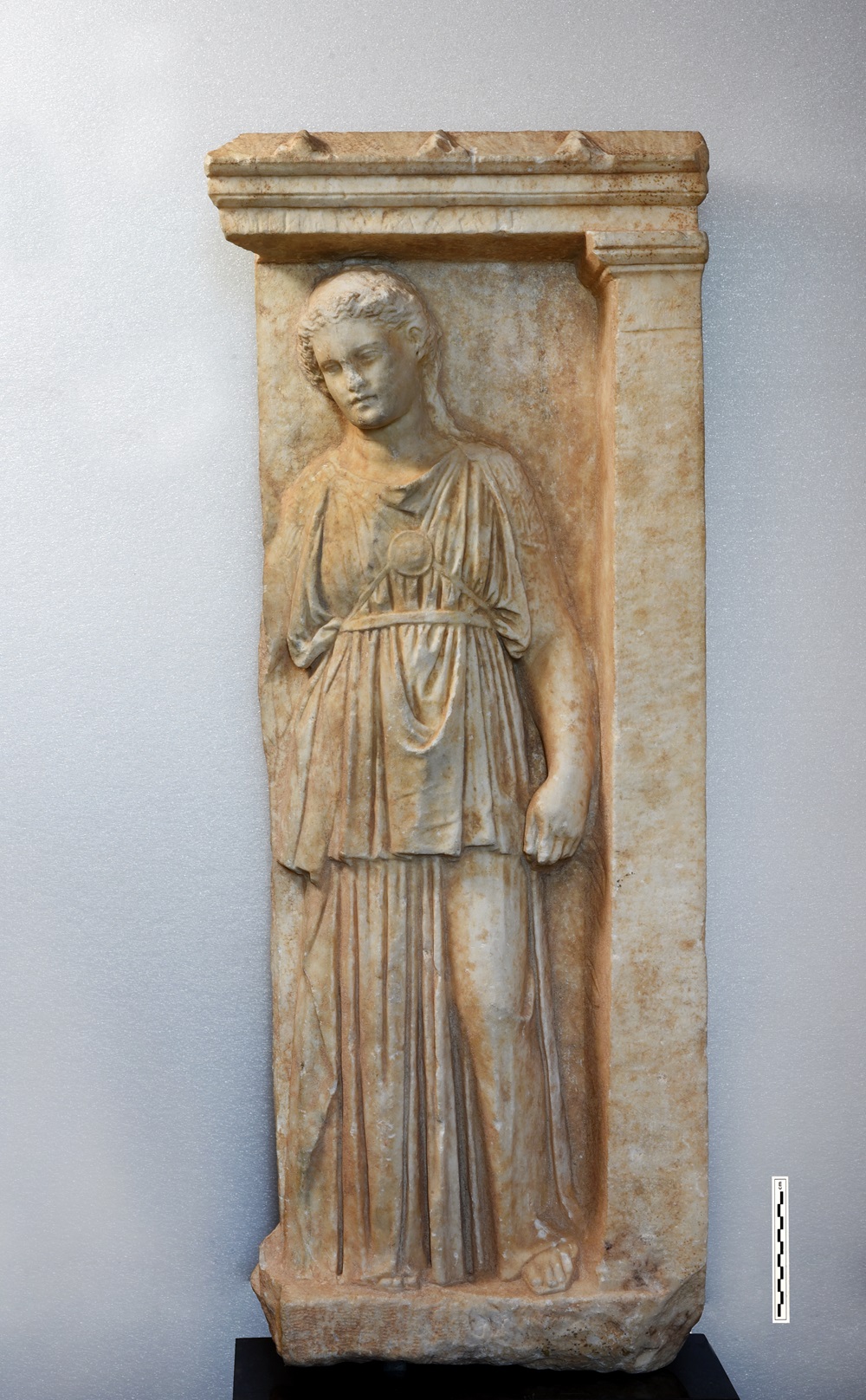
- Bronze statuette of a naked young man, probably an athlete, 0,24m high. The man is depicted standing upright, before the statue. He is stepping firmly on the ground with his right leg. Short hair, suitable for an athlete, is broken up into messy bushes. It could be dated to the late 2nd century BC.
The three ancient objects were delivered to the Consulate of Greece in Atlanta for return to Greece. This repatriation is indicative of the trend that has been developing worldwide in recent years, as a result of awareness-raising and public information campaigns on the need to preserve cultural heritage and return antiquities to the countries where they belong.

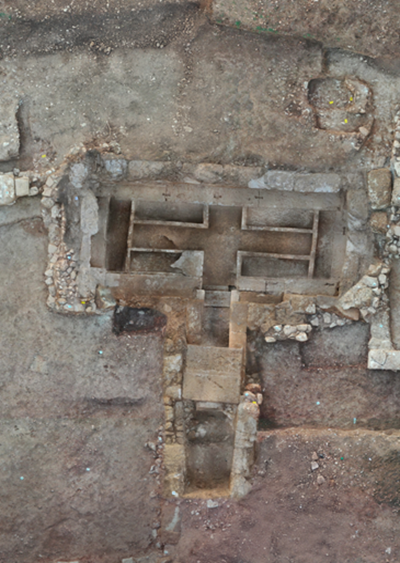

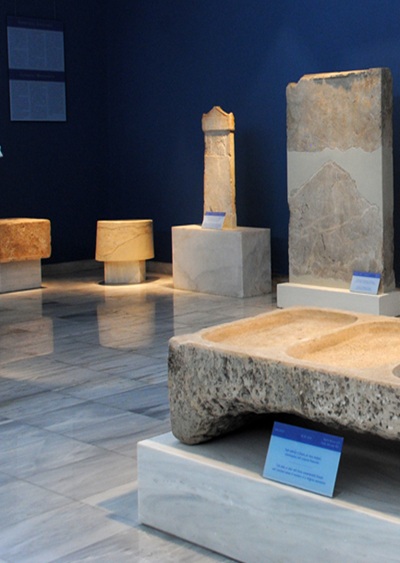
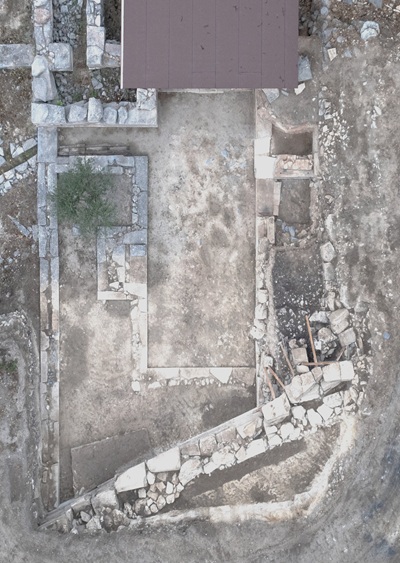


Leave A Comment